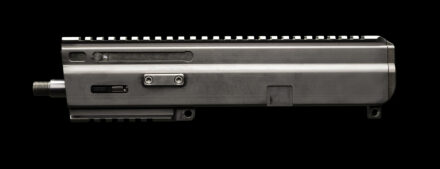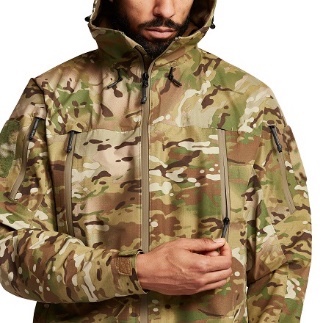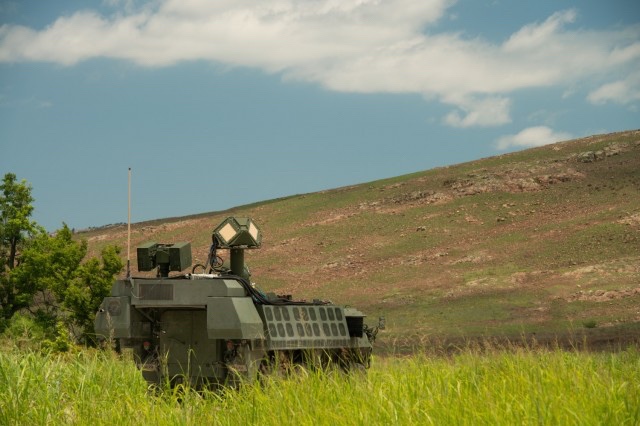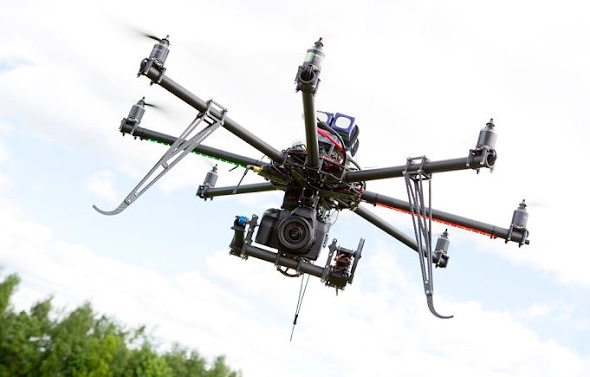Matador Arms has announced the Montgo-9: a monolithic blowback-operated billet 9mm upper receiver that does not require an AR15 type buffer and buffer tube. Instead, it uses a blowback system with an internal buffer reminiscent of the AR18 (q.v.).

Manufactured in the USA, the Montgo-9 is compatible with any AR-15 and/or AR-9 lower, providing shooters with endless build possibilities while being compact and versatile.
The current version of the Montgo-9 is the “K” version, featuring a 5.5” barrel threaded to 1/2×28”. The back cap shows that no buffer is required, allowing for many compact options. In addition, the non-reciprocating charging handle is reversible. The Montgo-9 has a total length integral Picatinny rail on top and a 3.5” bottom accessory rail.

The Montgo-9 upper receiver is made of aluminum, and the bolt and trunnion are 4140 steel for durability. Weight is 3.5lbs with an OAL of 12.125” and a 1.47” width.

The Montgo-9 adds to Matador’s 9mm product offering. Matador recently announced their AR-9 80% billet lower receivers, the first run of which is shipping mid-September. Matador already manufactures the Mag-X, a mag block adapter enabling the use of P320, Glock, M&P, and CZ-75 pistol mags in their AR-15 lowers.

Matador’s Sidewinder is a folding buffer tube adapter that will fold up anything with AR buffer tubes threads WITHOUT a moving buffer inside. And, the adjustable Regulator muzzle brake comes in 9mm, which could top off the Montgo-9 perfectly. That’ll make for a nice little “hideaway” PCC, unless you’re using a drum mag or larger styles of extendo.

The Montgo-9 was scheduled to be on display at this year’s NRA show in Houston at booth #4809…now, not so much.
The MSRP of the Montgo-9 is (as of this writing) $549.99.
Shipping of the Montgo-9 is projected for Q4 of this year. To learn more about the Montgo-9, visit www.matadorarms.com for information.

































































































































